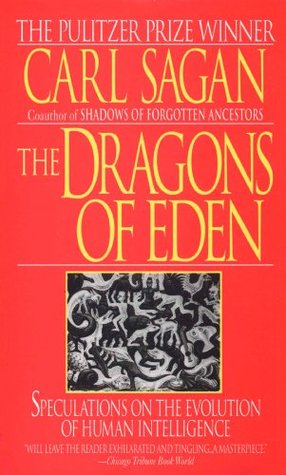More on this book
Community
Kindle Notes & Highlights
by
Carl Sagan
Read between
May 12 - May 13, 2018
We have made a kind of bargain with nature: our children will be difficult to raise, but their capacity for new learning will greatly enhance the chances of survival of the human species.
But today we do not have ten million years to wait for the next advance. We live in a time when our world is changing at an unprecedented rate. While the changes are largely of our own making, they cannot be ignored. We must adjust and adapt and control, or we perish.
I found irresistible the temptation to synthesize some of what I learned into a coherent picture, and to tender some hypotheses on the nature and evolution of human intelligence that may be novel, or that at least have not been widely discussed.
It is clear, then, that the sequence of rungs on our DNA ladders represents an enormous library of information. It is equally clear that so rich a library is required to specify as exquisitely constructed and intricately functioning an object as a human being.
The association of ideas involved in acts—even small ones—of creative genius seems to imply substantial investments of brain resources. These creative acts indeed characterize our entire civilization and mankind as a species.
Much of the history of life since the Carboniferous Period can be described as the gradual (and certainly incomplete) dominance of brains over genes.
While ritual, emotion and reasoning are all significant aspects of human nature, the most nearly unique human characteristic is the ability to associate abstractly and to reason.
Curiosity and the urge to solve problems are the emotional hallmarks of our species; and the most characteristically human activities are mathematics, science, technology, music and the arts—a somewhat broader range of subjects than is usually included under the “humanities.”


